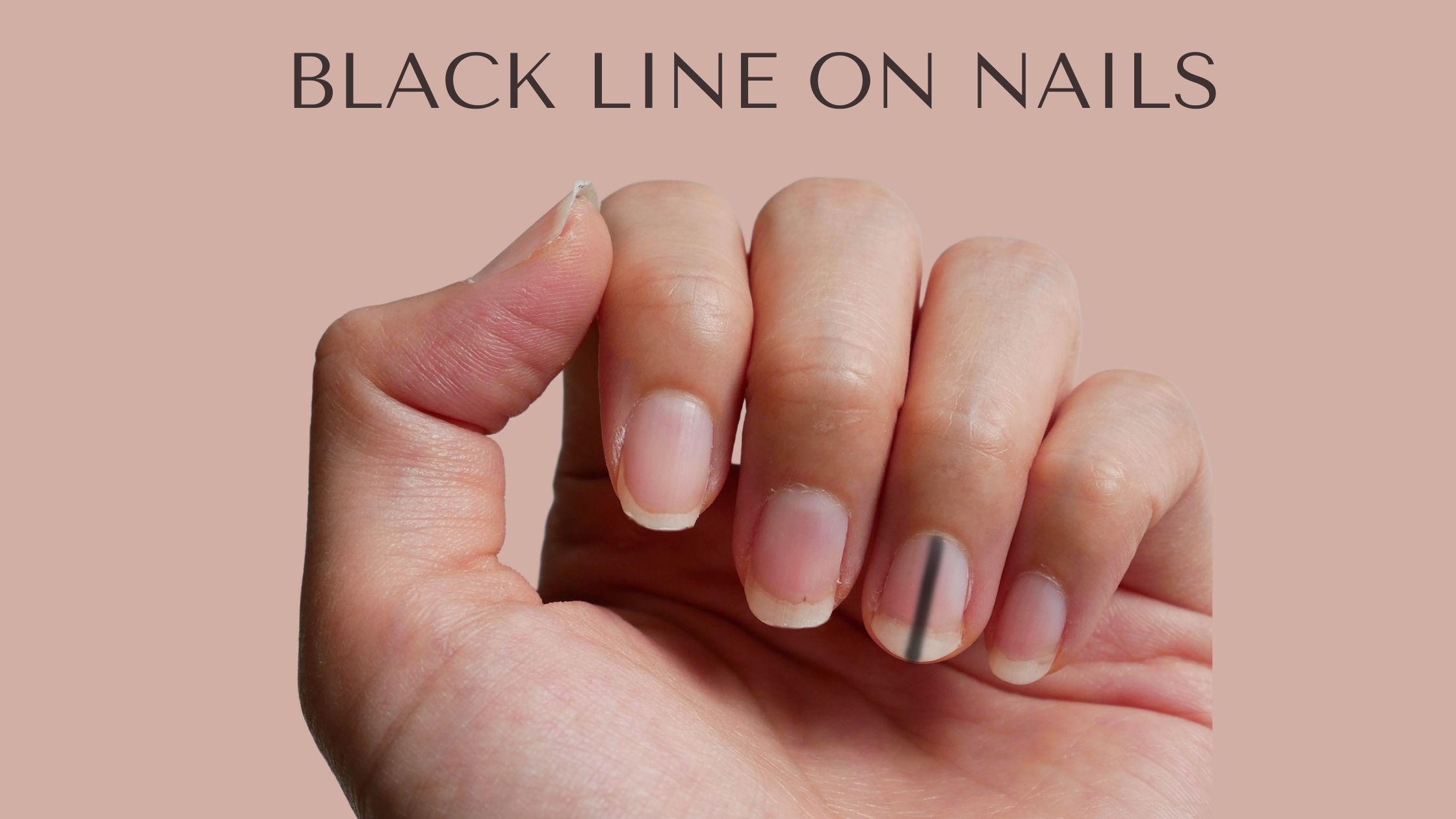

It is often emphasized how certain body parts reflect our health and fingernails are one such part, which depicts a lot about our health just by the looks of it.
Have you ever noticed how some nails have different colors and textures but do they have any relevance?
Well yes, one such relevance is that of a narrow black line or lines that form vertically beneath your nail. This condition is called a ‘Splinter hemorrhage’. This occurrence could be due to several reasons and may or may not be a serious health disorder.
So, what exactly is it?
The formation of black lines arises in the tissues of the nail bed and can also be due to an injury. ‘Subungual Melanoma’, a fatal form of skin cancer could also be one of the reasons for these occurrences, if the formation of these lines is thicker and cover a major portion of your nail. The word subungual comes from the Latin word “sub” meaning beneath and “unguis” meaning nail or claw. Melanoma is a form of cancer that builds in cells called melanocytes. These cells produce melanin, the pigment which gives color to the skin, hair, and eyes.
While in most cases subungual melanoma is found on the thumb or big toe, it can also be possible that these appear on any fingernail or toenail. Although they are often misdiagnosed and assumed to be a fungal infection and can sometimes be left ignored, they can, however, prove to be fatal for your health.
This condition is relatively uncommon and affects around 0.7% to 3.5% of the population with malignant melanoma worldwide. The condition is more common to be found among darker-complexioned individuals, including Asians, Hispanics, Africans, Americans. Subungual melanoma is also more popular among women and men in their 60s and 70s.
These are dark or faint black streaks that run parallel to the cuticle. Some of these streaks can be brown, black, or dark blue, and in some cases, these can be non-pigmented as well. With time, more streaks may appear and might often be of a different color and the portion nearest to the cuticle may become wider.
One of the most common findings in subungual melanoma cases is Hutchinson’s sign. This is when the line extends from the top of the nail to the nail bed and finally makes its way into the cuticle.
Some of the characteristics include:
There could be multiple reasons for the appearance of these faint black lines.
Also, Read More: Top 12 Super Immunity Booster Foods
Poor diet and vitamin deficiencies are some of the most common reasons for any ailments and making healthy changes in your lifestyle with regards to your diet and hygiene can prove to be beneficial in the long run.
If the diagnosis relates to a fungal infection, there are home several remedies to try for the removal of black lines naturally. Alternatively, one can also choose to go as per the medication prescribed by your doctor.
Some of the good home remedies to try are:
1.) Baking Soda is used to cure fungal infections
Mix the ingredients well in a bowl and dip your affected nails for about 15 minutes and pat dry with a clean dry towel.
2.) Apply coconut oil on the affected areas at least three times a day. Coconut oil has good antifungal properties.
3.) With the help of a cotton ball apply lemon juice to the affected part of the nail.
The appearance of a black streak on the nail can put you in agony but it does not imply that you have a disease or are at the risk of an ailment.
While at the same time this should not be ignored especially if the condition persists along with bleeding. It is advised to maintain nail hygiene and consult a dermatologist, if a problem is found early diagnosis and treatment helps.
In case you think you might have this, seek medical immediately.
The Knowledge included here is only for information sharing purposes, and the blog is not intended to be a substitute for diagnosis, medical advice, or treatment by a healthcare professional. Because individual needs appropriate advice, the reader should consult their doctor to determine the appropriate disease depending on their situation.
Disclaimer: The information included here is only for knowledge sharing purposes, and the blog is not intended to be a substitute for diagnosis, medical advice or treatment by a healthcare professional. Because of individual needs appropriate advice, the reader should consult their doctor to determine the appropriate disease depending on their situation.

 Emergency Number
Emergency Number